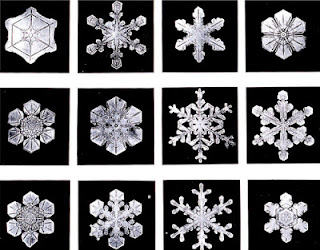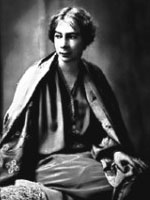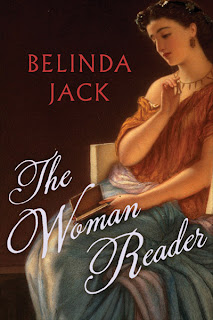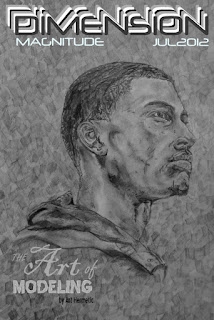O Carib Isle!

On Tuesday we arrived at Chateau Cervantes in old San Juan. The hotel was done up in a sharp, moden style, but it was strangely empty. We wandered down to the promenade by the bay. The promenade was opened in 1991 to commemorate the 500th anniversary of the discovery of the Americas. GH loved the bluish tiles paving the roads. The city wall rose on one side of the promenade. It opened in the San Juan Gate, through which visiting Spanish dignitaries used to pass into the city. A little square by the right side of the gate was very charming. It had a little fountain and a pool. The colors were so brightly present. We had a very late lunch at Aureole, a restaurant bar across from San Jose Plaza. Our first taste of how slow service was here. The rest of the afternoon was spent wandering around the narrow streets, peeking through wrought iron lattices into homes, GH photographing all kinds of architectural details. I especially liked Salvador Brau Plaza, with its wide and gentle slope. On...






















